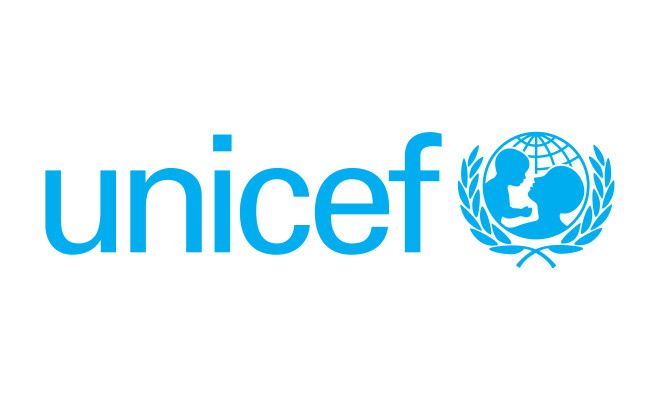New UNICEF-ITU report - 15 % of Georgia’s school-age children have no internet access at home
Fifteen % of Georgia’s school-age children do not have internet connection in their homes, according to a new joint report from UNICEF and the International Telecommunication Union (ITU).
The report How Many Children and Youth Have Internet Access at Home? notes that globally two-thirds of school-age children have no internet access at home. There is a similar lack of access among young people aged 15-24 years old, with 759 million or 63 per cent of young people unconnected at home.
“Lack of connectivity prevents children and young people from competing in the modern economy.”, said Ghassan Khalil, UNICEF Representative in Georgia. “It isolates them from the world. And in the event of school closures, such as those currently experienced due to COVID-19, it causes them to lose out on education,” Khalil added.
Around 661,500 children are still affected by COVID-19 school closures in Georgia, forcing students to rely on virtual learning. For those with no internet access, education can be out of reach. Even before the pandemic, a growing cohort of young people needed to learn foundational, transferable, digital, job-specific and entrepreneurial skills to compete in the 21st century economy.
The digital divide is perpetuating inequalities that already divide countries and communities, the report notes. Children and young people from the poorest households, rural and lower income states are falling even further behind their peers and are left with very little opportunity to ever catch up.
Globally, among school-age children from richest households, 58 per cent have internet connection at home, compared with only 16 per cent from the poorest households. The same disparity exists across country income level as well. Less than 1 in 20 school-age children from low-income countries have internet connection at home, compared with nearly 9 in 10 from high-income countries.
There are also geographic disparities within countries and across regions. Globally, around 60 per cent of school-age children in urban areas do not have internet access at home, compared with around three-quarters of school-age children in rural households. School-age children in sub-Saharan Africa and South Asia are the most affected, with around 9 in 10 children unconnected.

